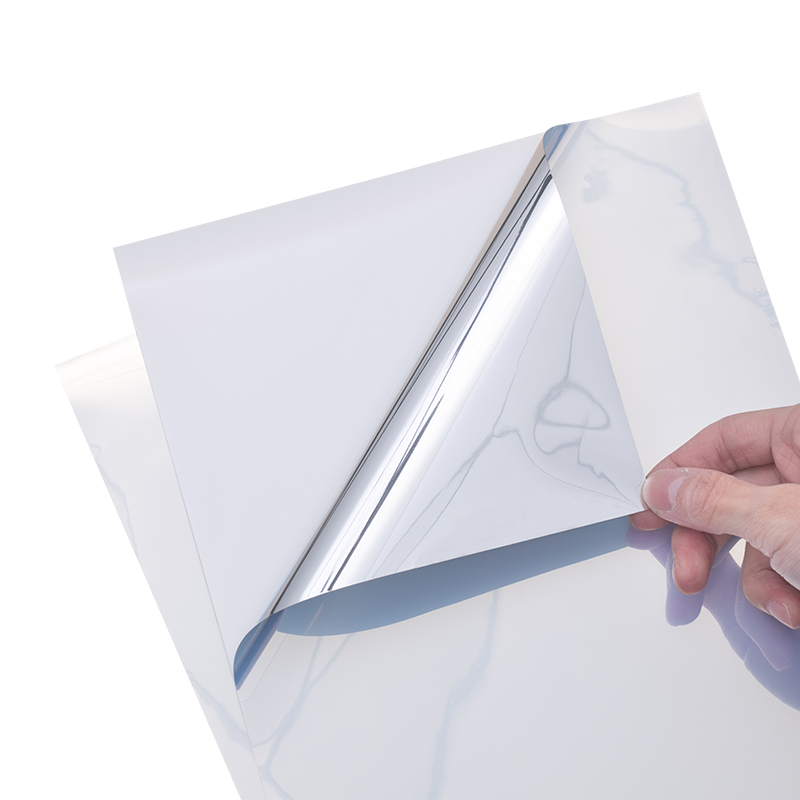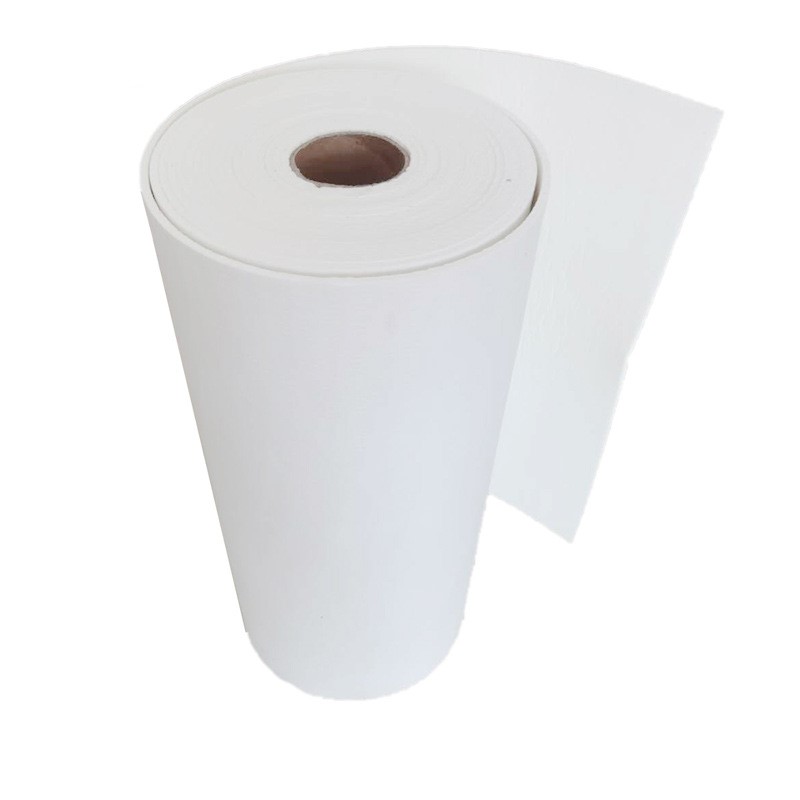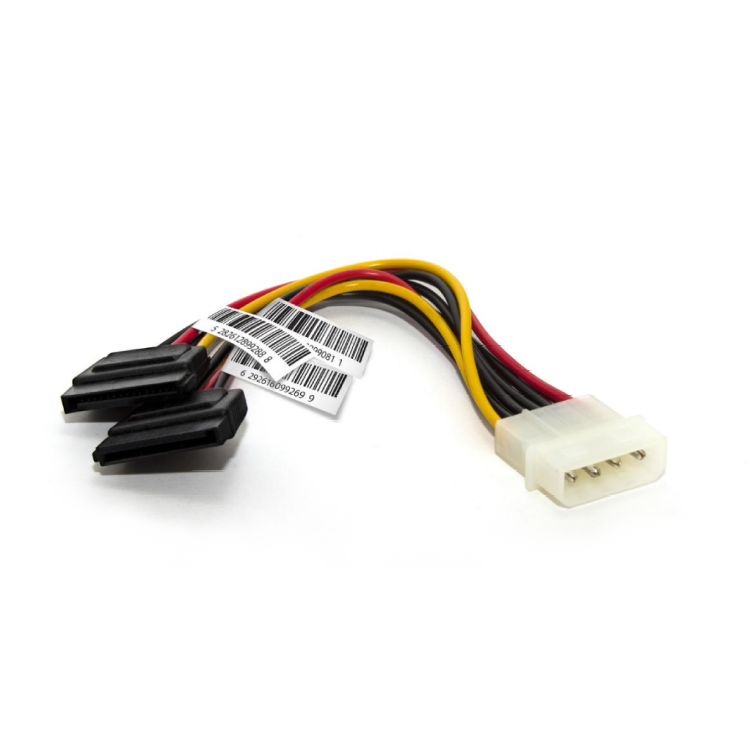Latest Specifications for High-Temperature Resistant Aluminum Plate Labels
Sticker labels play a crucial role in various industries, providing essential information and identification for products, equipment, and machinery. In environments with high temperatures, it is imperative to use labels that can withstand extreme heat without compromising their integrity. High-temperature resistant aluminum plate labels have emerged as a reliable solution for such demanding applications. In this article, we will explore the latest specifications for these labels, highlighting their key features and benefits.
1. Material Composition
High-temperature resistant aluminum plate labels are typically constructed using a combination of aluminum and specialized adhesives. The aluminum base offers excellent heat resistance, ensuring the label remains intact and legible even under extreme temperatures. The adhesive used is specifically designed to withstand high heat, preventing the label from peeling off or losing its adhesion.
2. Temperature Range
The latest specifications for high-temperature resistant aluminum plate labels indicate that they can withstand temperatures ranging from -40°C to +600°C (-40°F to +1112°F). This wide temperature range ensures that the labels remain functional and readable in a variety of high-temperature environments, including industrial ovens, furnaces, and automotive applications.
3. Durability and Resistance
High-temperature resistant aluminum plate labels are known for their exceptional durability and resistance to various environmental factors. They are resistant to chemicals, oils, solvents, and UV radiation, making them suitable for use in harsh industrial settings. Additionally, these labels exhibit excellent resistance to abrasion, ensuring that the printed information remains intact and legible even after prolonged exposure to high temperatures.
4. Customization Options
The latest specifications for high-temperature resistant aluminum plate labels highlight the availability of customization options. Manufacturers can provide labels in different sizes, shapes, and colors, allowing businesses to meet their specific branding and identification requirements. Customized labels can also include barcodes, QR codes, or serial numbers, facilitating efficient tracking and inventory management.
5. Application Methods
High-temperature resistant aluminum plate labels can be applied using various methods, depending on the specific needs of the industry or application. Common application methods include adhesive backing, riveting, or welding. Manufacturers often provide guidelines and recommendations regarding the most suitable application method for different scenarios, ensuring proper installation and long-lasting performance.
6. Compliance with Standards
High-temperature resistant aluminum plate labels are designed to meet industry standards and regulations. They are compliant with requirements related to fire safety, chemical resistance, and legibility. Manufacturers ensure that their labels undergo rigorous testing and certification processes to guarantee their performance under extreme temperature conditions.
Conclusion
High-temperature resistant aluminum plate labels offer a reliable solution for industries operating in extreme heat environments. With their excellent heat resistance, durability, and customization options, these labels provide essential information and identification that remains legible even under harsh conditions. By adhering to the latest specifications, businesses can ensure the effective use of high-temperature resistant aluminum plate labels, enhancing safety, efficiency, and compliance in their operations.
We offer comprehensive technical support, including free professional labeling solutions, advice on label materials and adhesive selection, as well as online/offline assistance from professional software and hardware engineers. Service email: andy@ownlikes.cn. In pre-sales, we leverage our extensive experience in specialty labeling projects to provide clients with the most suitable hardware solutions. Additionally, all our label barcode printers and scanners come with a three-year free warranty, demonstrating our confidence in our products.






This site is protected by reCAPTCHA and the Google Privacy Policy and Terms of Service apply.